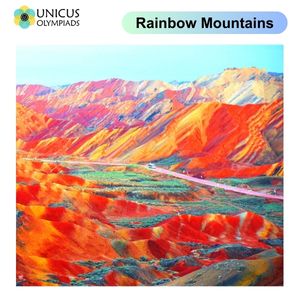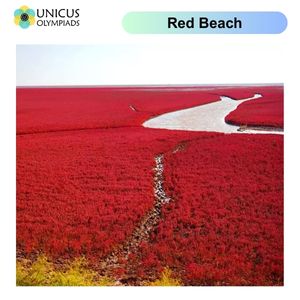

Landscapes like the Rainbow Mountains in Peru and Red Beach in China are not only visually striking but also hold significant geological, cultural, and ecological importance. These unique landscapes have captivated people for centuries and continue to attract tourists, researchers, and photographers from around the world. In this article, we will explore what makes these landscapes special, their geological features, and their impact on local environments and cultures.
The Rainbow Mountains, also known as Vinicunca or Montaña de Siete Colores, are a stunning mountain range located in the Andes of Peru. This vibrant and colourful landscape is famous for its stripes of red, pink, yellow, green, and other hues, creating a rainbow-like appearance.

Red Beach is located in Panjin, Liaoning Province, China. It is renowned for its vast stretch of red-hued marshlands, which make for an extraordinary and visually striking landscape. Unlike most beaches, Red Beach is not primarily composed of sand but is instead covered by a unique species of plant called Suaeda salsa, which turns bright red during the autumn months.
